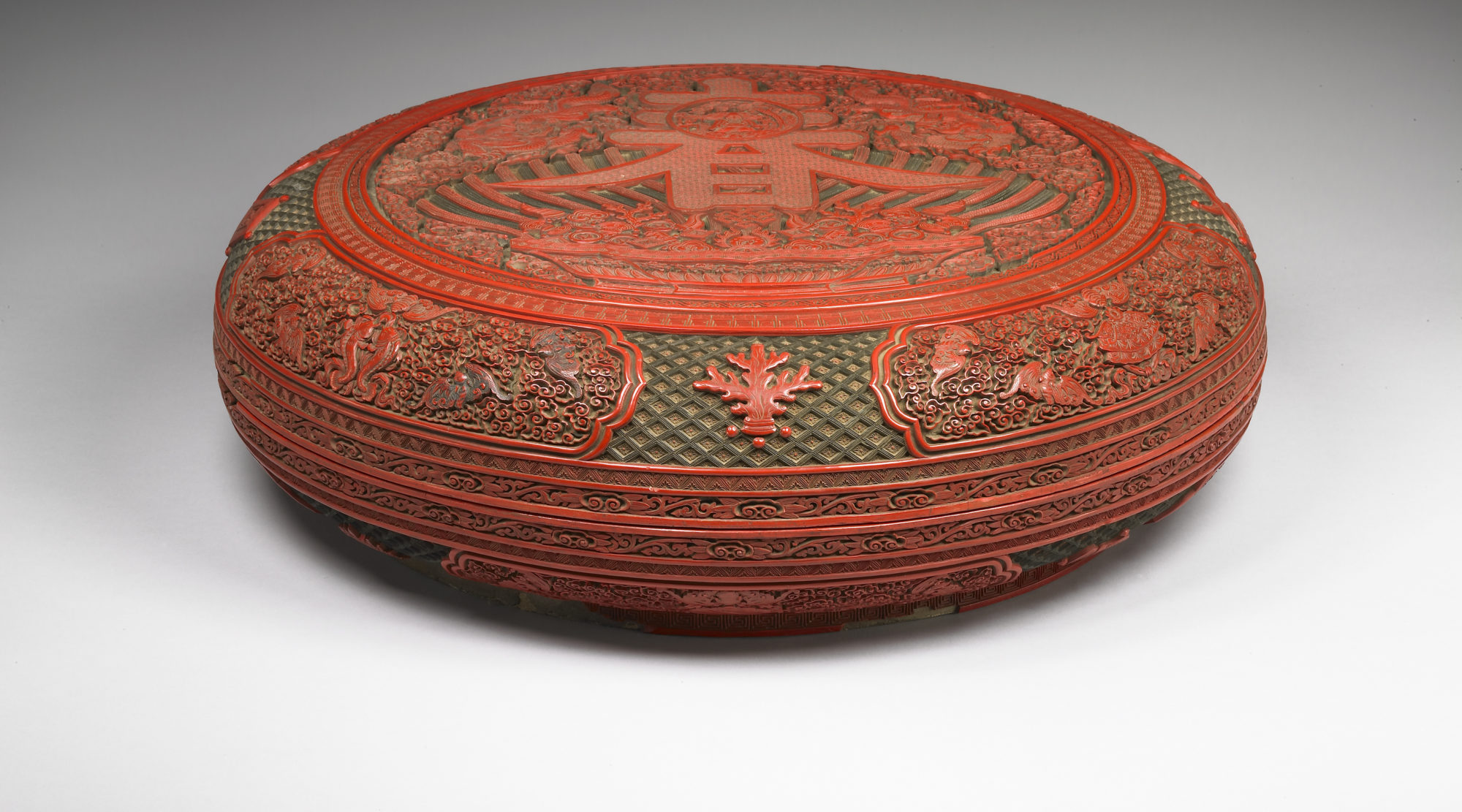The Visual Resources division of the Department of Art and Archaeology has existed since the end of the 19th century. The primary mission of Visual Resources is the provision of visual materials to support the department curriculum, as well as providing resources for departmental research.
A history of Visual Resources
1882: Founding of the Department of Art and Archaeology
Alan Marquand owns a small collection of photographs at the founding of the Department.
1890: Adolphe Braun’s Gift
A gift from Adolphe Braun, his photographs of drawings and paintings by Old Masters, is the Department’s first large acquisition of photographs.
1937: The Platt Collection
About 720 albums of photographs as well as slides used for both teaching and research were given to the Department. These were transferred to the Princeton University Library in 2007, but many of the Platt glass lantern slides are still in the collection.
1939: The Color Slides Cooperative
Color Slides Cooperative was launched, with aims to make color lantern slides and 35mm slides for teaching available to its member institutions (which numbered 145 by 1942). The executive committee was chaired by Princeton’s Charles Rufus Morey. Lantern slides remained the standard until the 1950s when 35mm slides began to be widely adopted for teaching.
1952: Labeling Strategies
Labels for slides are now typed instead of handwritten in ink.
1973: The East Asian Slide Collection
The East Asian Slide Collection is transferred to Slides and Photographs (the then title of Visual Resources).
1978: Technological Advancements
35mm carousel slide projectors come to replace single-feed projectors.
1983: Striking Numbers
About 100,000 lantern slides are still available for use in the Department, though not produced since the mid-1950s; lantern slides that still circulate are copied onto 35mm film at this time.
1988: Scanning and Cataloguing
The first 35mm slide scanner (Barneyscan) is introduced. Cataloguing standards and automated systems for cataloging images were also adopted around this time. The Department also begins discussions with the Computer Center about developing a database for these slides.
1990: The Piero Project
The Piero Project, developed by Marilyn Arnberg Lavin, Kirk Alexander (B.A. 1972), and Kevin Perry (Ph.D. 1986), is the first interactive art historical database at Princeton. Slides and Photographs develops its first image management database.
1995: Almagest Launched
Almagest is launched at Princeton. This relational database provides tools to display images on computer via the Internet, allowing students to study images for their art history courses online instead of looking at mounted photographs. This shift from teaching with slides to teaching with digital images marks a monumental transition for the Department. The Noli database of Professor John Pinto is an early Almagest project.
1996: New Data Standards
The Visual Resources Association introduces Core 1, the first standard for the structure of data fields used to describe images.
2002: Name Change
Slides and Photographs comes to be renamed Visual Resources to reflect the change in work (away from slides and to digital images).
2004: ARTstor Launched
ARTstor, an extensive digital image resource for educational and scholarly use, is launched as Kodak discontinues production of their 35mm carousel slide projectors.
2011: Service Oriented
Over 130,000 departmental digital images are accessible via Almagest and ARTstor. Visual Resources supports classroom teaching using these two databases, and PowerPoint.
